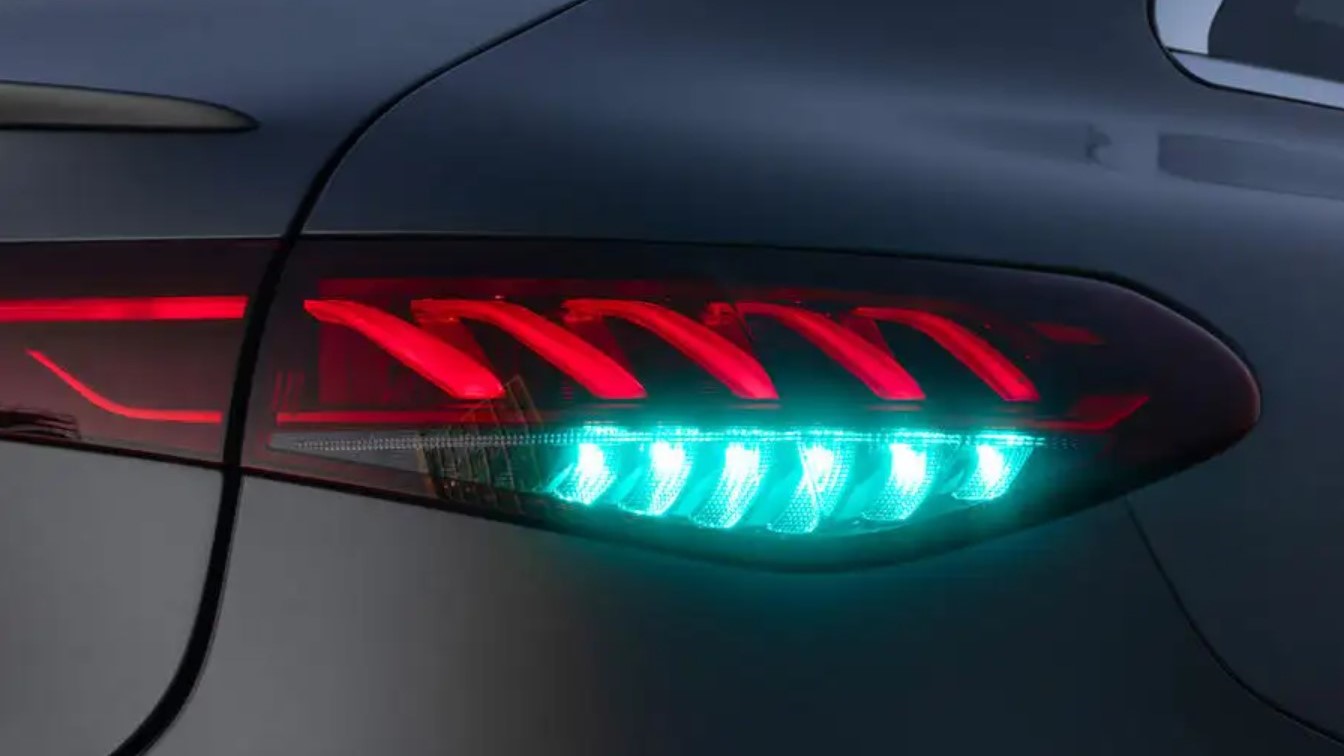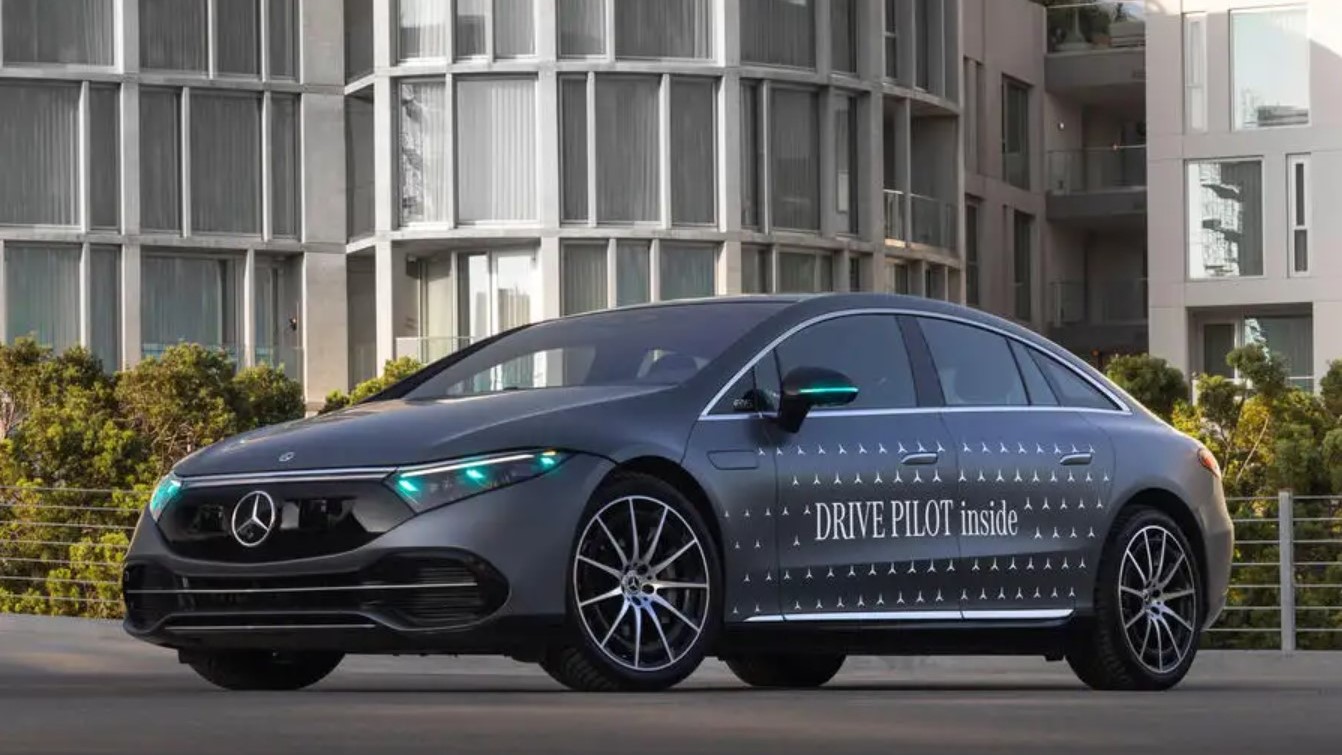Mercedes is adding turquoise lights to cars that drive themselves — here's why
Turquoise car lights are coming to California and Nevada

Autonomous driving systems are becoming more and more commonplace, and you’d be hard pressed to find a car maker that doesn’t have some level of autonomous functionality — even if true driver-free travel is still a ways away.
The question is, how are you supposed to know when a car is driving around without human input? Mercedes might have an answer.
The German automaker has received permits to trial a new turquoise lighting system in California and Nevada. The idea being that these lights will turn on whenever the driver has engaged Mercedes’ Drive Pilot driver assistance system in S-Class or EQS cars. That way other drivers should see and recognise that the car is the one doing the driving.
This is especially important for Drive Pilot in the U.S., because it’s a level 3 autonomous driving system. That means there are times when the driver is permitted to take their hands off the wheel and eyes off the road ahead.
Other autonomous driving systems on the road, like Tesla’s Autopilot, are only level 2 systems. This means the car can control speed and acceleration by itself, but the driver still needs to have their hands on the wheel and their eyes on the road at all times. It’s also only supposed to be used on highways and other similar roads.

Of course there are caveats to where and when you can use Drive Pilot. It’s only permitted within specific geo-fenced zones and situations like heavy traffic or when you’re driving at under 40 miles per hour. It’s also only usable during the day, when the weather is clear and as long as there’s no construction on the road. If you don't meet these requirements, the system is supposed to return control to the driver.
While they can’t leave the driver’s seat or take a nap, activating Drive Pilot means drivers will be permitted to use the central display to watch videos, browse the web or other things that would otherwise be prohibited. It’s not clear if you’ll be allowed to use your phone, but considering California and Nevada both have laws against using a cell phone in your hand while driving, it’s probably not worth the risk — turquoise lights or not.
Sign up to get the BEST of Tom's Guide direct to your inbox.
Get instant access to breaking news, the hottest reviews, great deals and helpful tips.
Why turquoise?
So why turquoise? Mercedes claims numerous studies prove it’s the optimal color for autonomous driving since “physiological and psychological factors attest to higher values in almost all areas with turquoise rather than with other colors”. Though it’s equally likely that it ticked all the right boxes for use on public roads.
Turquoise is distinct enough that it won’t be confused with red, orange or white lights, each of which have their own defined purpose. It’s also light enough that it won’t be confused with police lights, which are a much darker shade of blue.
According to Mercedes the first turquoise-lighted cars will be at Californian dealers from early 2024, with the permits permitting a two-year trial. Nevada’s permit allows the lights to be added to vehicles in the 2026 production year — so expect to wait a little longer to see them on the road.
More from Tom's Guide

Tom is the Tom's Guide's UK Phones Editor, tackling the latest smartphone news and vocally expressing his opinions about upcoming features or changes. It's long way from his days as editor of Gizmodo UK, when pretty much everything was on the table. He’s usually found trying to squeeze another giant Lego set onto the shelf, draining very large cups of coffee, or complaining about how terrible his Smart TV is.
